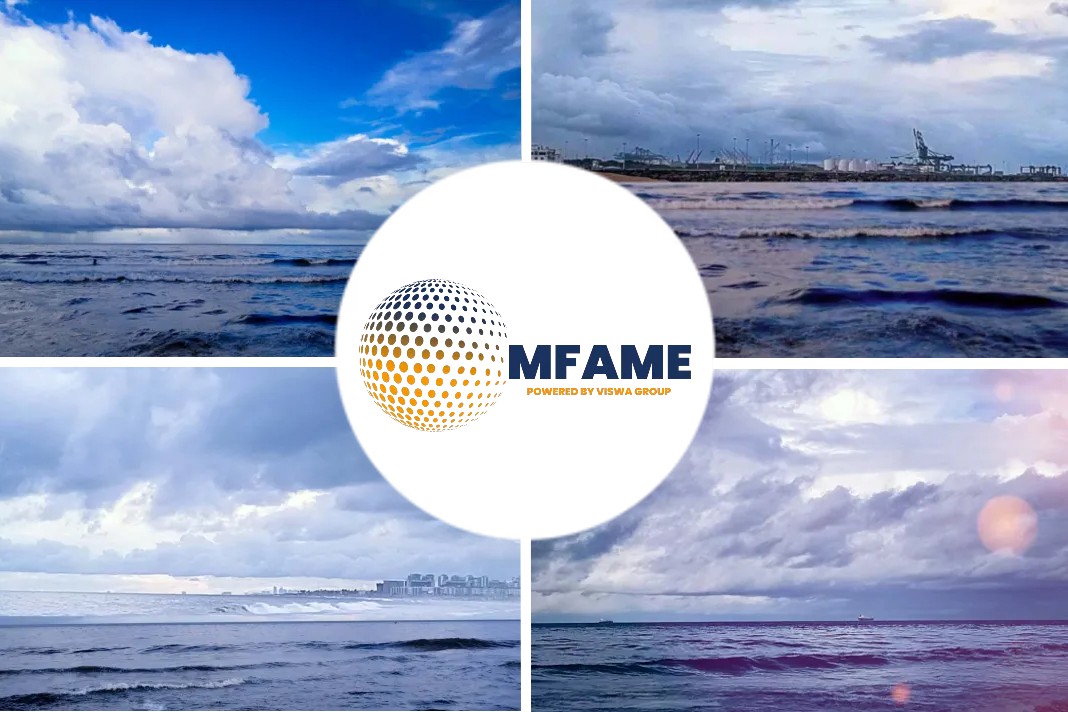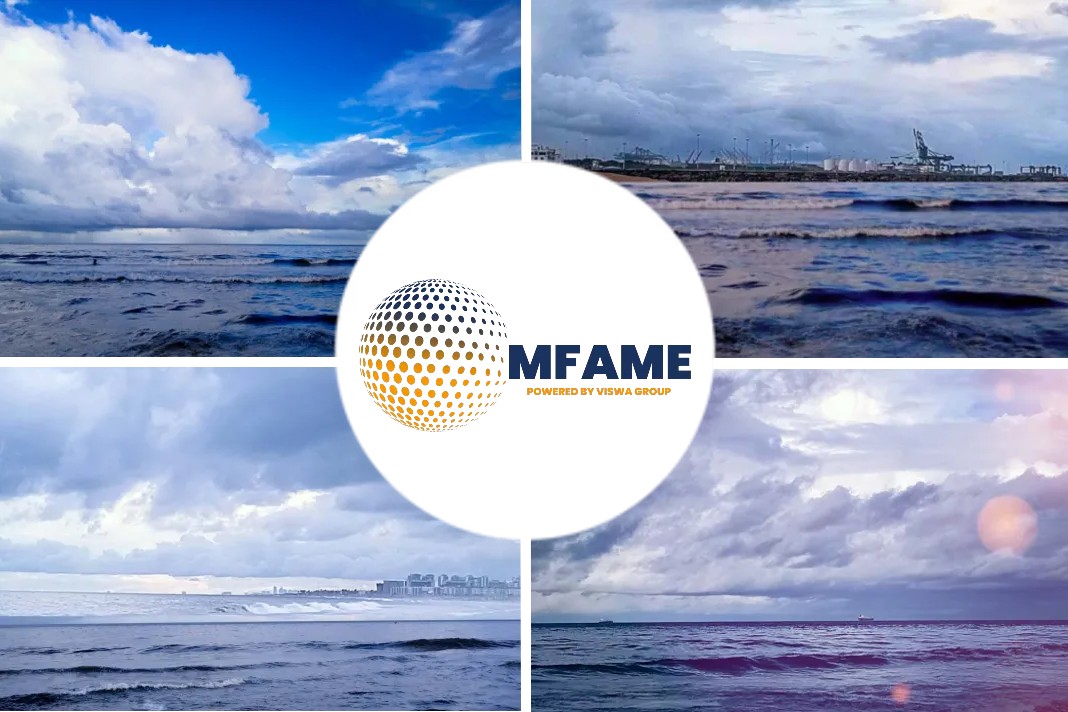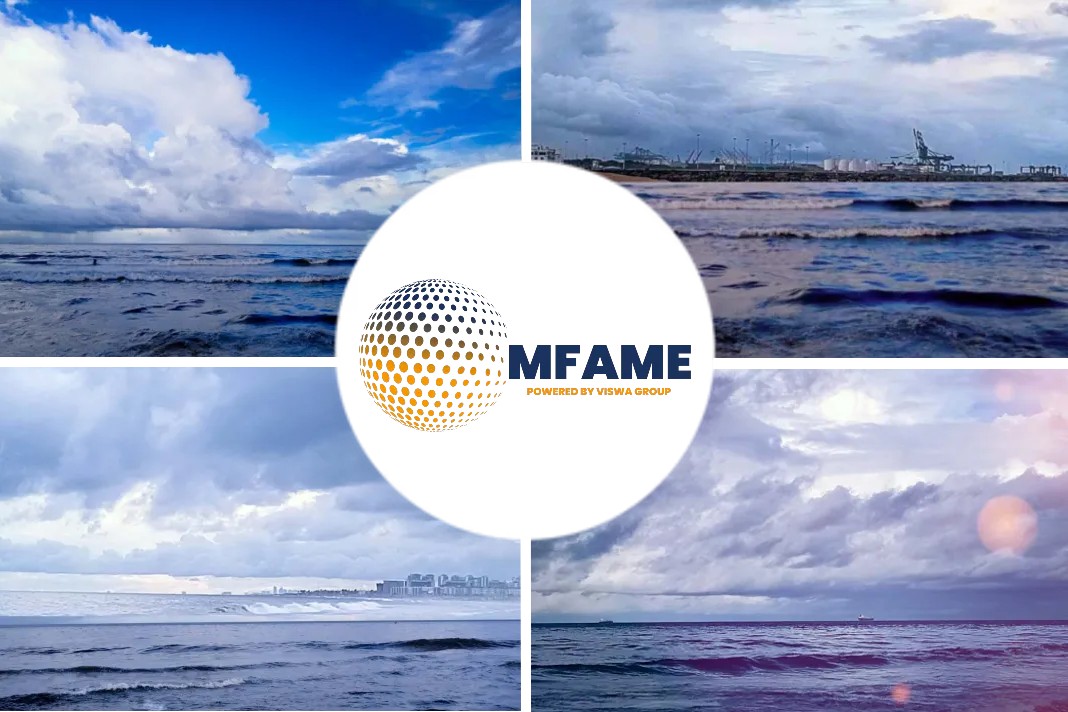- The global tanker market is set for some major changes in the forthcoming year.
- Weaker freight rates have sapped enthusiasm for new orders, and creaking oversupply of older ships could accelerate scrapping.
- With uncertainty over pandemic-related oil demand and over fueling ships ahead of key climate goals, a step backward may be the way forward for tankers.
- The boom in tanker deliveries in 2019 is set to be followed by a lull.
- New orders have fallen to decade lows, with the third quarter of 2020 seeing a substantial decline.
- A total of 84 vessel orders have been placed so far this year compared with 163 orders last year, according to S&P Global Platts Analytics data.
Tanker market could face sharp rebalancing in next couple of years: fuel for thought, says a S&P GLOBAL PLATTS news report. This article is reprinted from the Platts Insight blog of S&P Global Platts.
364 vessels are currently on order
Overall, only 364 vessels are currently on order, which represents just 7.5% of overall dead weight tonnage capacity and compares to a steady 500 vessels, or near 12% DWT capacity, before the slowdown in new contracts in 2019, Platts Analytics figures show.
Low rates
Ship buyers have put been reluctant to snap up vessels given the low tanker rates, with freight rates collapsing since May.
S&P Global Platts freight rates data showed an average of $12.34/mt across September 2020 on the VLCC West Africa-to-East route, down from $19.29/mt year on year.
There are concerns about the recovery in the demand for crude, with transportation fuels in particular suffering at the hands of the pandemic, and that could keep freight rates suppressed for some time to come.
OPEC+ production cuts, weak US output and subdued end-user demand in Europe have caused a reduction in cargo activity across all loading regions. Ton-mile demand on the West Africa-to-UK Continent run fell 30% year on year to 17,847 mt per nautical mile across September, according to data from Kpler.
Clean concerns
Buying ships also comes with added risks this decade, given the lifecycle of ships could be 20 years or more in an environment where there is growing pressure to decarbonize, impacting engine design and fuel choice.
Discussions from the European Parliament to integrate shipping within the existing EU Emission Trading System could mean having to reduce current emissions by 40%. While this will largely be done by shifting from fossil-fuel based bunkers to greener alternatives, uncertainty remains with regards to availability in the coming decade.
Among the 58 VLCCs on order, three will be equipped to run on LNG, 22 with scrubbers allowing heavy sulfur fuel oil, and 33 will use very-low-sulfur fuel oil, according to Platts Analytics data.
Coupled with this, the question of sustainable transition also bears a question with regards to the cargo itself, or whether there will be any recovery in crude oil demand in the midst of efforts to replace fossil-based energy with less polluting alternatives.
While oil demand is likely to bounce back next year it is unlikely to reach 2019 levels until 2022 at the earliest.
Scrapping conundrum
The lack of new orders, the floating storage bonanza and low scrapping rates have all meant ship-owners have been squeezing maximum value from their tankers, even those in the twilight years of their lifecycle.
“Scrap prices have also fallen to their lowest level in four years at around $300/dwt, down from over $400/dwt before the COVID outbreak and are unlikely to recover soon given the negative economic outlook,” Platts Analytics said in a research note.
And with new vessel deliveries set to come in at around the 200 mark both this year and next, which is well down on the 250+ vessels in 2019, it could mean shippers continue to eke out as much as they can from their current stock.
Freight rates up and down
However, with freight rates now in the doldrums and returns from floating storage potentially ebbing away as charterers renegotiate period contracts or discharge oil at sea, the incentives to send older ships to the demolition yards could return, especially given there are a lot of older ships that need to retrofit expensive ballast water treatment systems (BWTS).
Data from EA Gibson Shipbrokers
At the start of 2020, around 100 tankers aged above 15 years old had IOPP certificates expiring, making them candidates for scrapping, according to data from EA Gibson Shipbrokers. Since March 2019, the Ballast Water Management Convention mandated that ships built before September 8, 2017, be in possession of the IOPP survey to postpone the installation of a BWTS.
IOPP certificates
While scrapping rates are predicted to increase as the majority of IOPP certificates will expire within the 2021-22 window, freight will continue to remain weak amid low oil demand in 2019, which might cause owners to decide scrapping their vessels and help support the market on the long term, Gibsons Director Richard Matthews said.
Southeast Asia shipbreaking yards
Shipping breaking yards in Southeast Asia picked up pace over the third quarter, with dollar per light displacement ton (ldt) ticking up from record lows in early May 2020. According to data from Charles R. Weber, tanker demolition rates picked up from $280/ldt in the week starting May 10 to $360/ldt in the week ending Sept. 20.
Euronav CEO Hugo De Stoop told Platts he thinks the tanker market can adapt to the challenges of oversupply and weaker demand both in the near term and further out.
“Every year, you have, roughly speaking, 5% of the ships that are too old so they go to the recycling yard or scrapyard,” he said. “As long as you don’t renew that, your industry can reduce the size of supply by 5% every year, and we don’t believe that the oil demand will be reduced by 5% every year.”
Strategy of buying second-hand ships
De Stoop also pointed to the strategy of buying second-hand ships to grow its fleet, given the uncertainty in the pandemic and with energy transition. This could be the way forward for many in such a volatile period and help the market rebalance.
While the tanker market won’t want to swallow the medicine needed for rebalancing, it will feel healthier in the long run and help freight rates make a full recovery.
Fuel for Thought is a weekly column published first in S&P Global Platts Oilgram News
Did you subscribe to our daily newsletter?
It’s Free! Click here to Subscribe!
Source: Platts



















